Which wildflower mixtures contain native Oxeye Daisy seeds?
You’ll find them in most Pollinator Wildflower Mixtures as well as native perennial wildflower mixtures such as our North Downs Mix, and those tailored to cottage garden planting schemes such as our Low Growing Garden Border Mix. Pair them with other ornamental wildflowers such as Cornflower, Common Knapweed, and Cowslip to create habitat and forage opportunities for pollinating insects.
Are Oxeye Daisies good for pollinators?
The flattened yellow center of the oxeye daisy flower, which is so named because it resembles the eye of an ox, is made up of many smaller flowers which hold a store of nectar. For this reason, the oxeye daisy is one of the best wildflower species for pollinators in the UK. Native butterflies, such as the Small White (Pieris Rapae) and Painted Lady (Vanessa Cardui), are often seen visiting Oxeye Daisies for nectar. The large, open flowers provide a convenient landing platform for butterflies.
Are Oxeye Daisies edible?
The petals of Oxeye Daisies are edible and can be used as a decorative addition to salads or desserts. They have a mild, slightly sweet flavor. Historically, this wildflower has been used as a digestive aid, and as a topical skin treatment for irritations, minor wounds, and abrasions.
How tall do Oxeye Daisies grow?
Each flower measures 1 to 3 inches in diameter and has seven to 20 petals and its stems are thin and 30-60cm tall, usually branching to produce two or more flower heads. It has spoon-shaped leaves at its base and thin, jagged leaves along the stem.
When should I sow native Oxeye Daisy seeds?
Sow in well-drained soil in the spring or autumn. Scatter the seeds over the soil, press them lightly into the surface, and keep the area consistently moist until germination.
What is the ideal growing environment for Oxeye Daisies?
Oxeye Daisies thrive in full sun but can tolerate partial shade. They prefer well-drained, moderately fertile soil.
When do Oxeye Daisies flower?
You’ll find these wildflowers typically bloom in late spring to early summer, producing white, daisy-like flowers with yellow centres.
How tall do Oxeye Daisies grow?
These plants typically reach a height of 30 to 90 cm depending on growing conditions.
Can I use Oxeye Daisies in floral arrangements?
Oxeye Daisies can be used in fresh floral arrangements and are ideal for wedding bouquets. Harvest young flowers first thing in the morning for the longest vase life
Are Oxeye Daisies invasive?
Oxeye Daisies can spread easily in favourable growing conditions. While they are not considered invasive in all regions, it’s advisable to monitor their growth to prevent them from becoming too prolific.
How do I prevent oxeye daisies from spreading too much?
To control the spread of oxeye daisies, deadhead the flowers before they go to seed. Additionally, you can divide the plants to manage their growth. Planting other robust and competitive plants nearby can help reduce the available space and resources for oxeye daisies.
Are Oxeye Daisies drought-tolerant?
Yes, they are somewhat drought-tolerant once established. However, regular watering during dry periods can help promote healthier and more abundant blooms.
Can I grow Oxeye Daisies from cuttings?
While they can be propagated through division, growing them from cuttings is less common. It’s generally more successful to propagate them from native seeds or by dividing established plants.

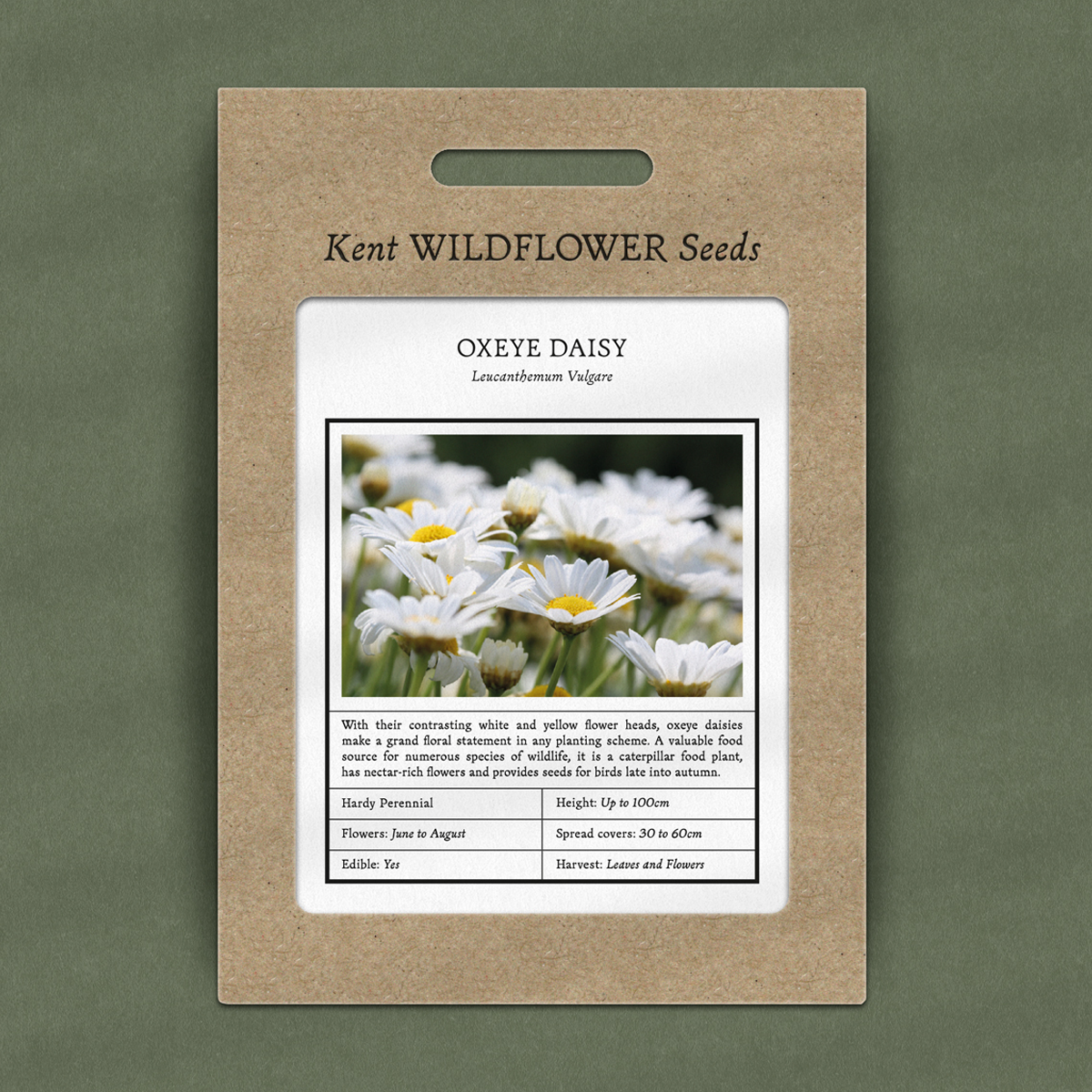

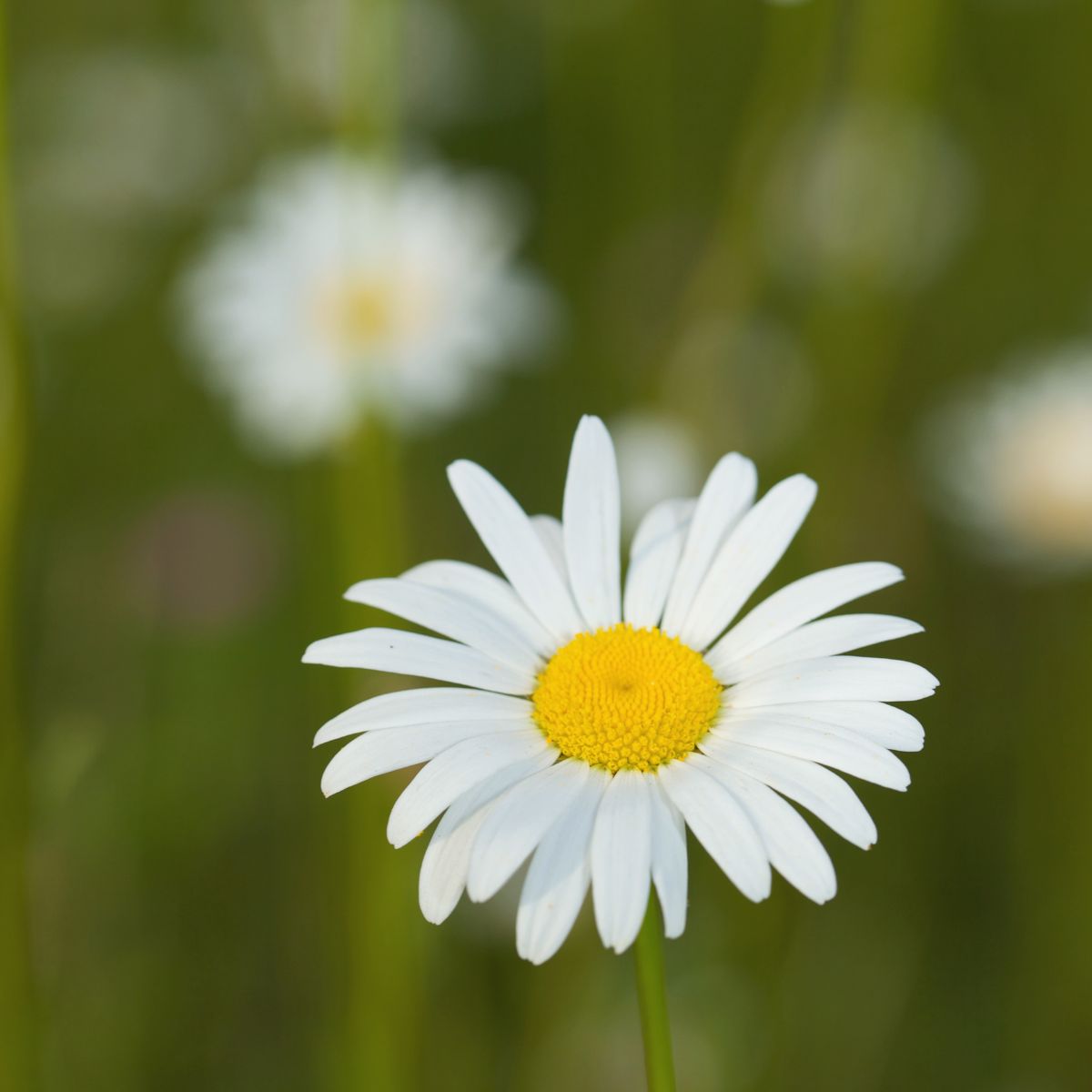
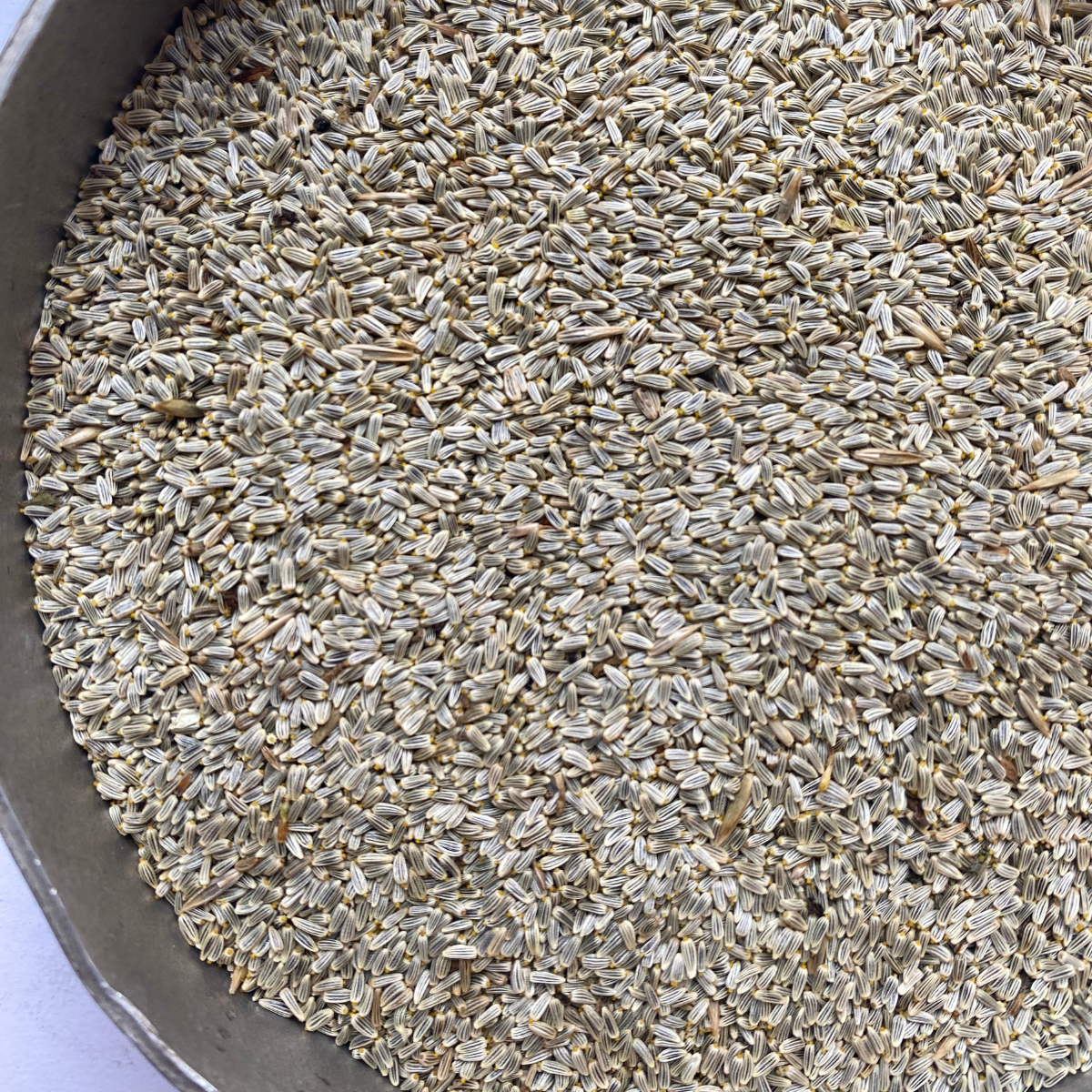
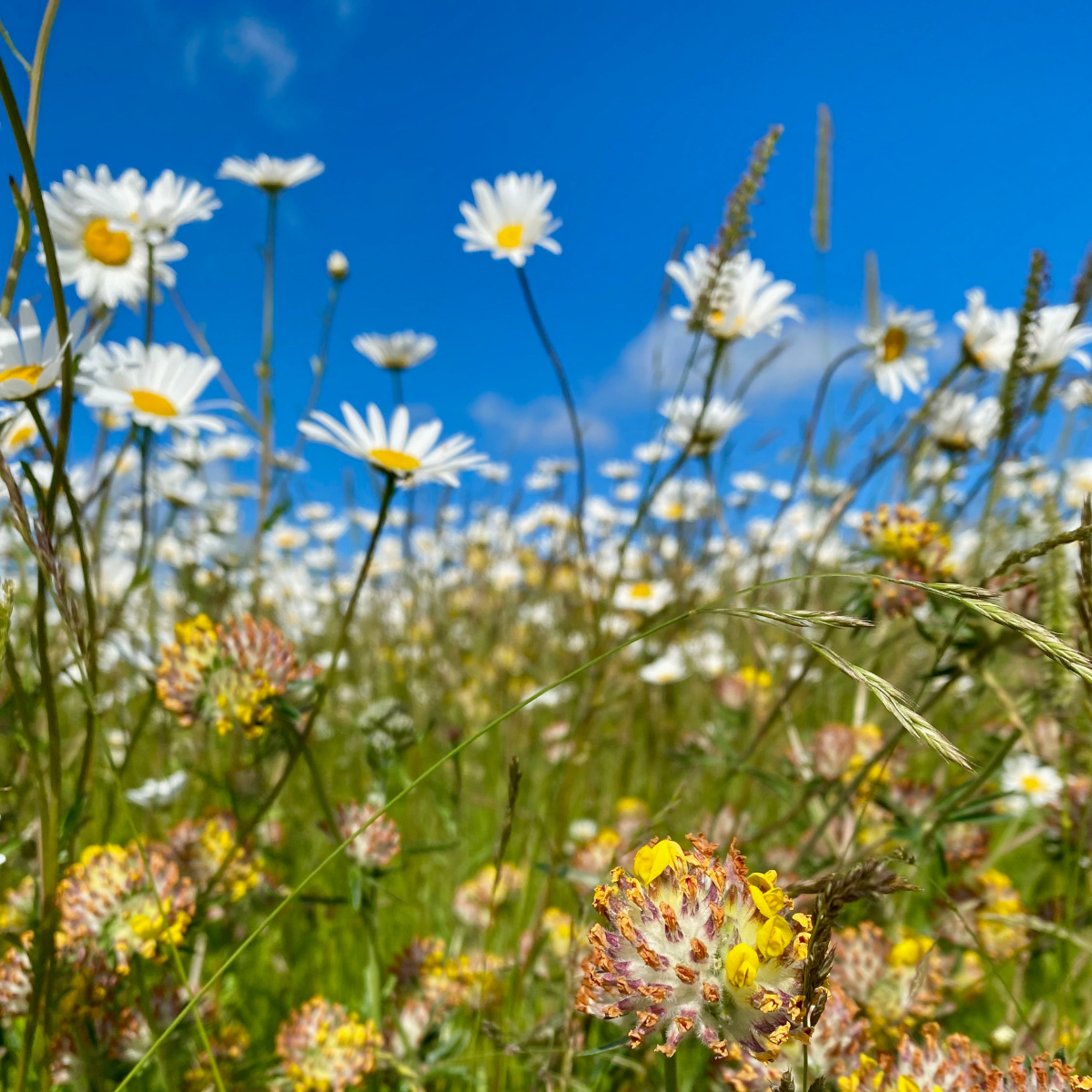
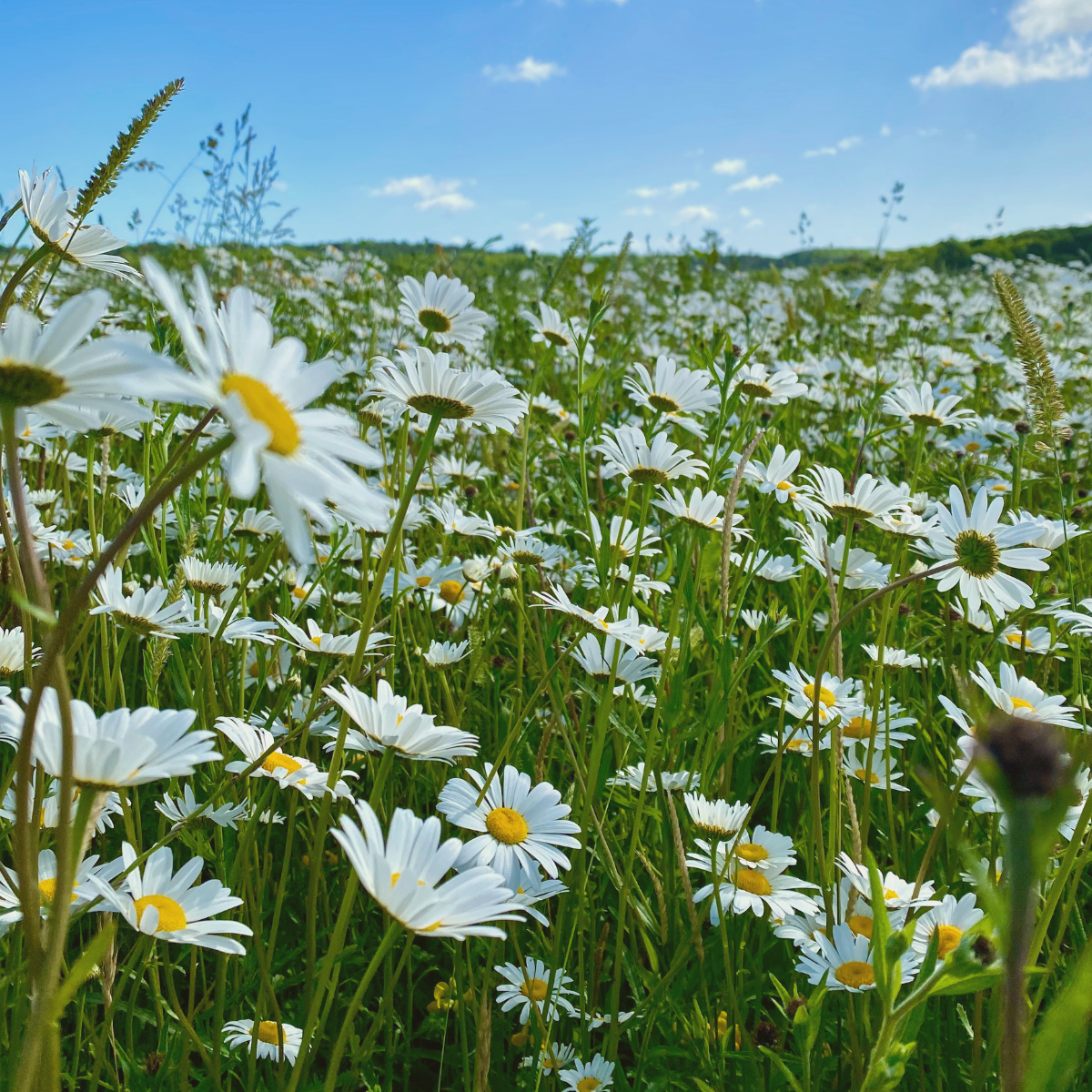
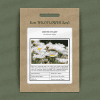


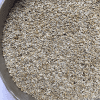


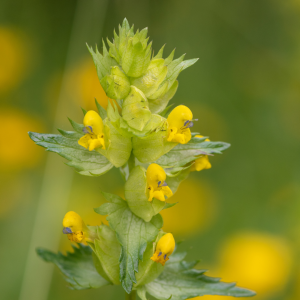
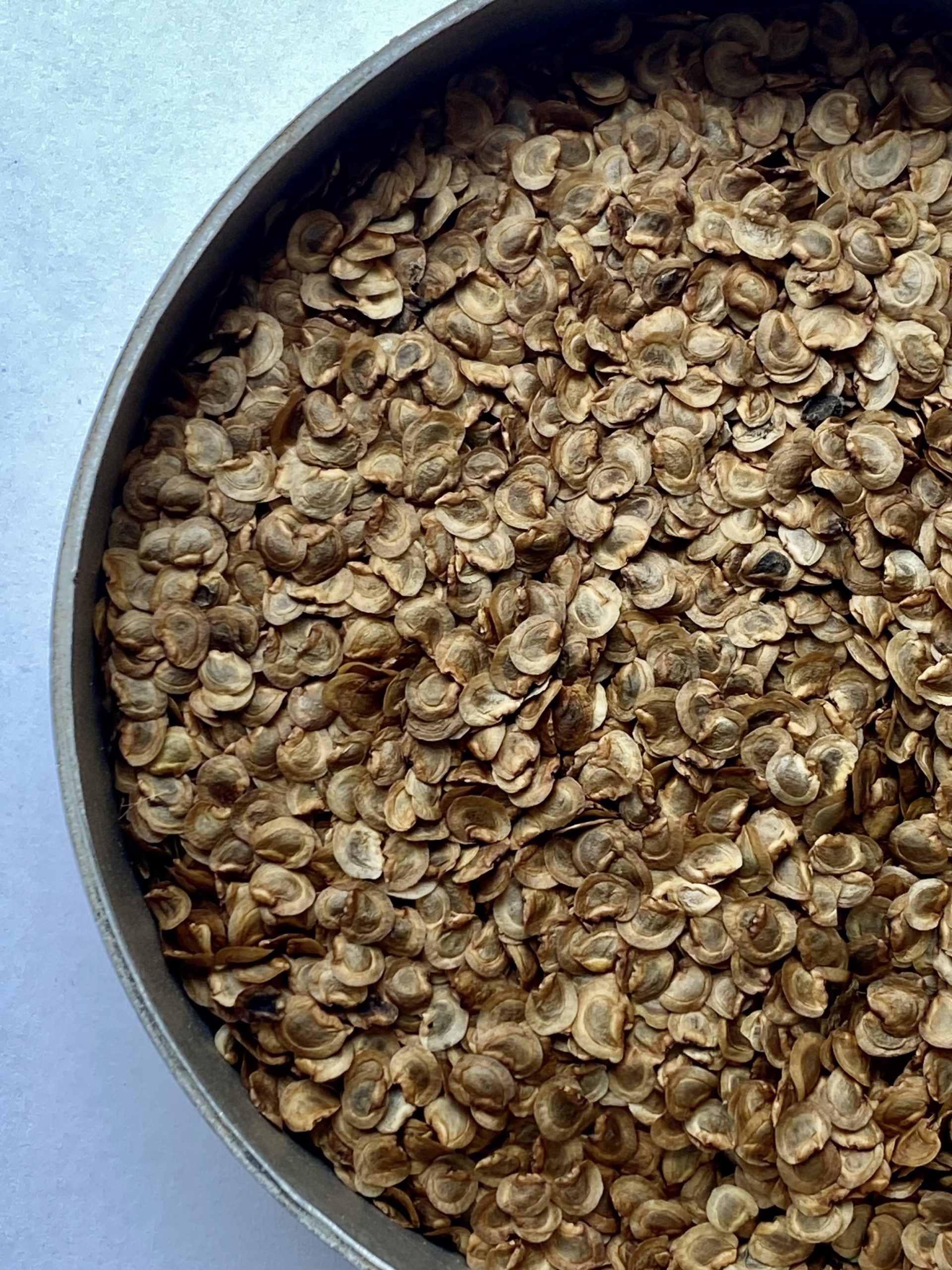
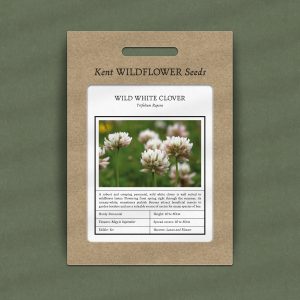
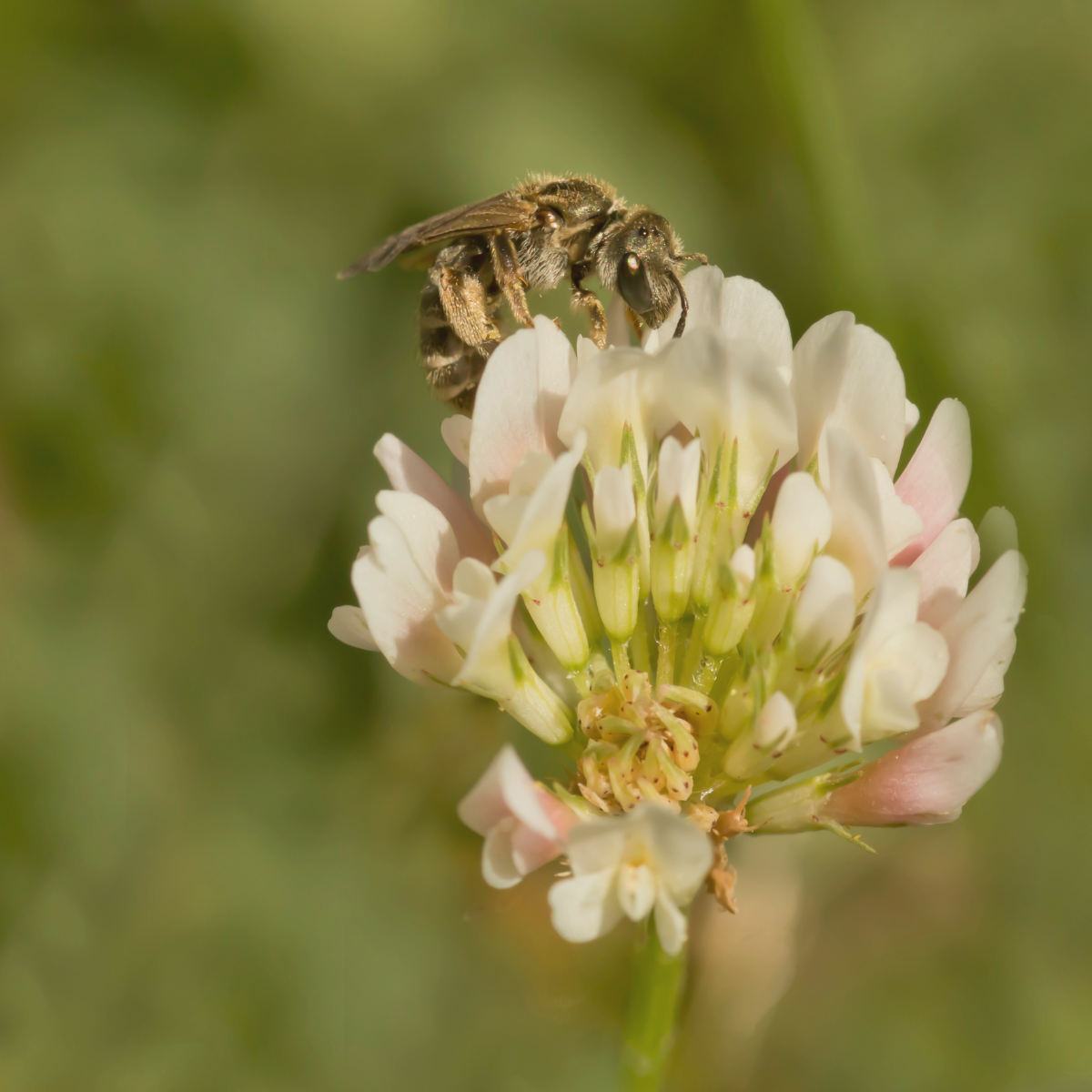
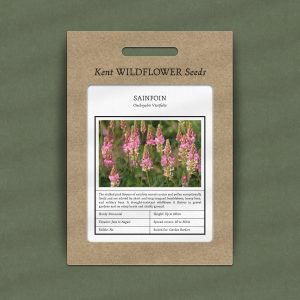
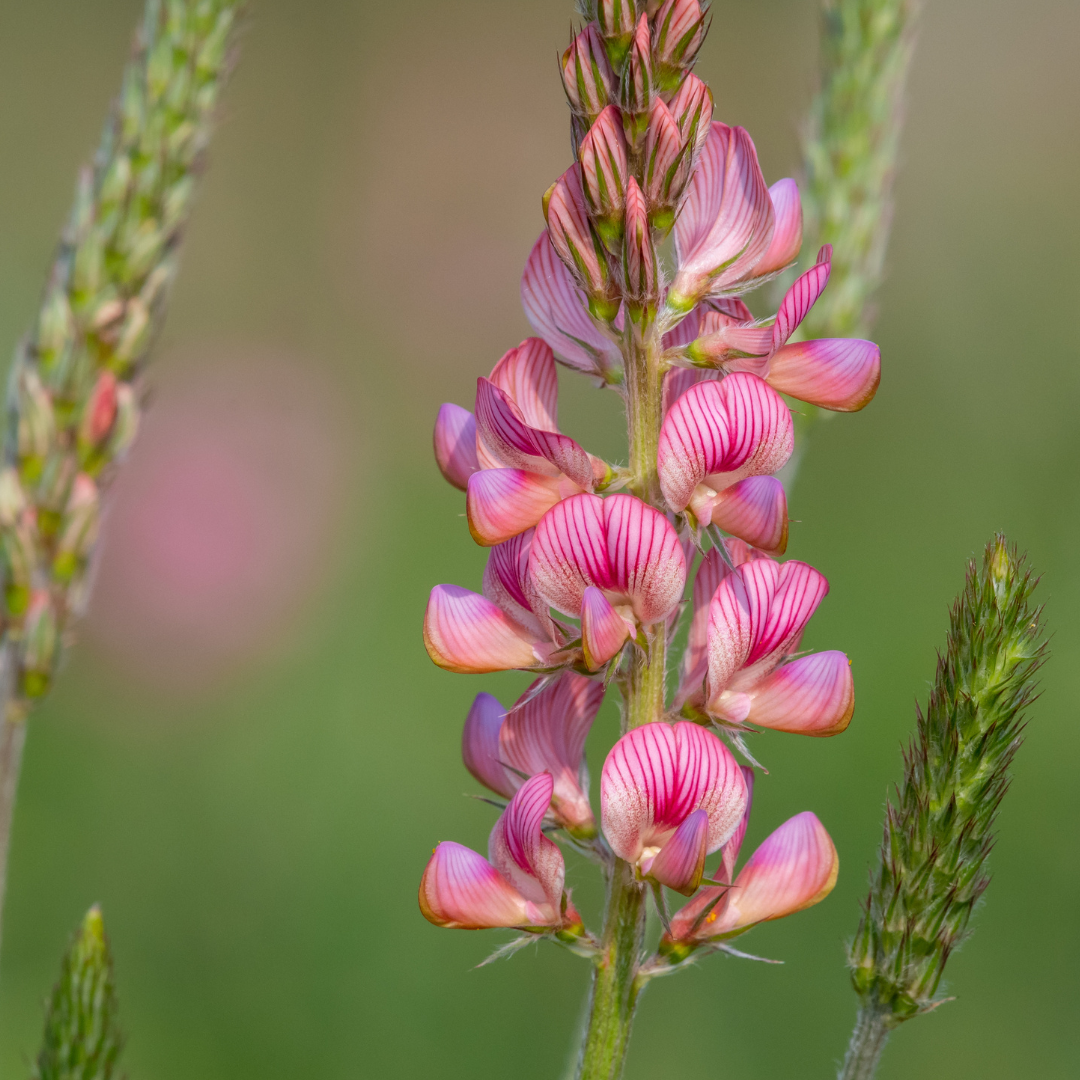
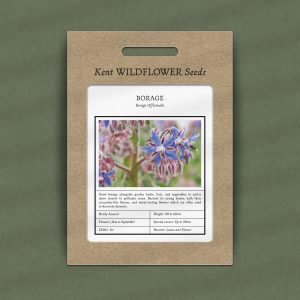
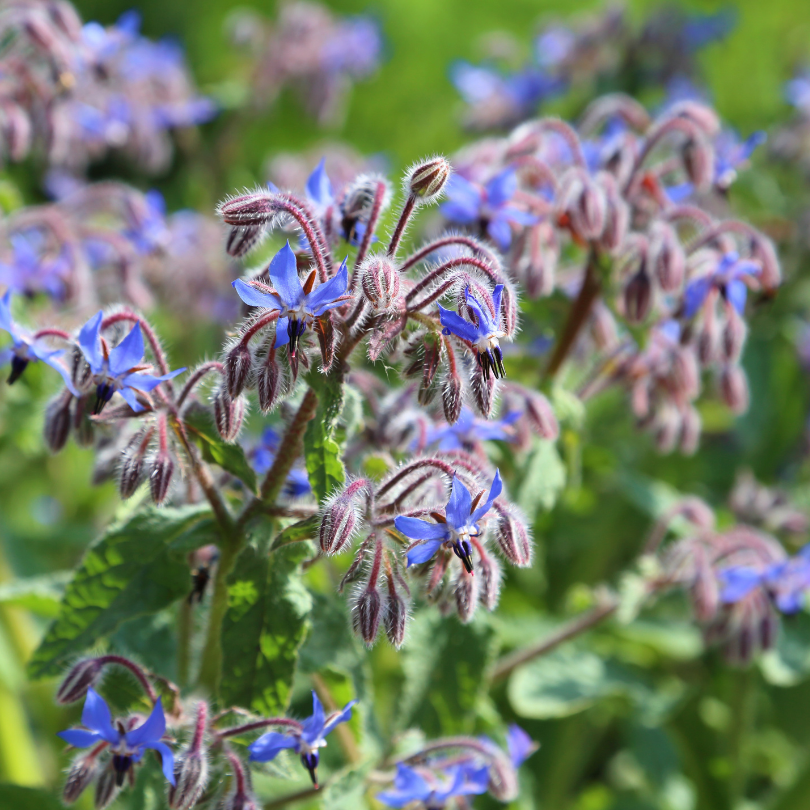
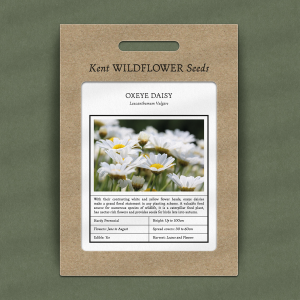
Reviews
There are no reviews yet.